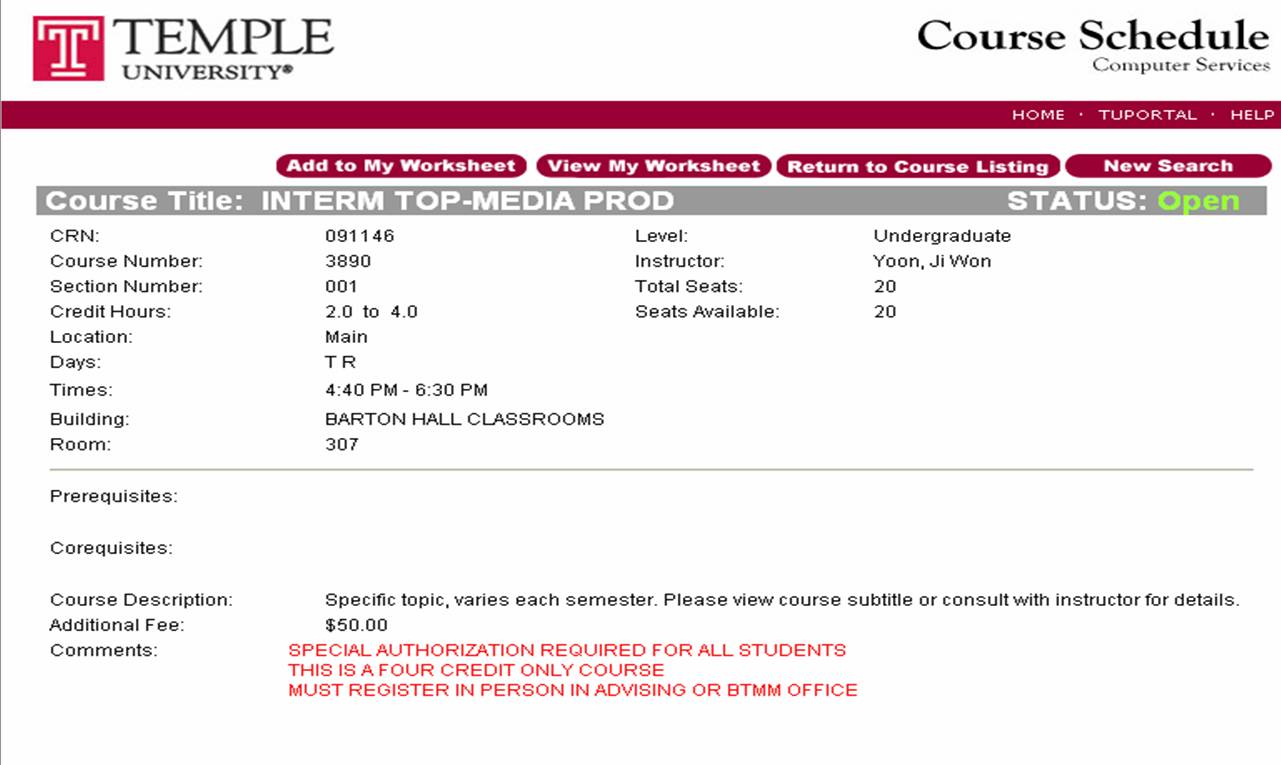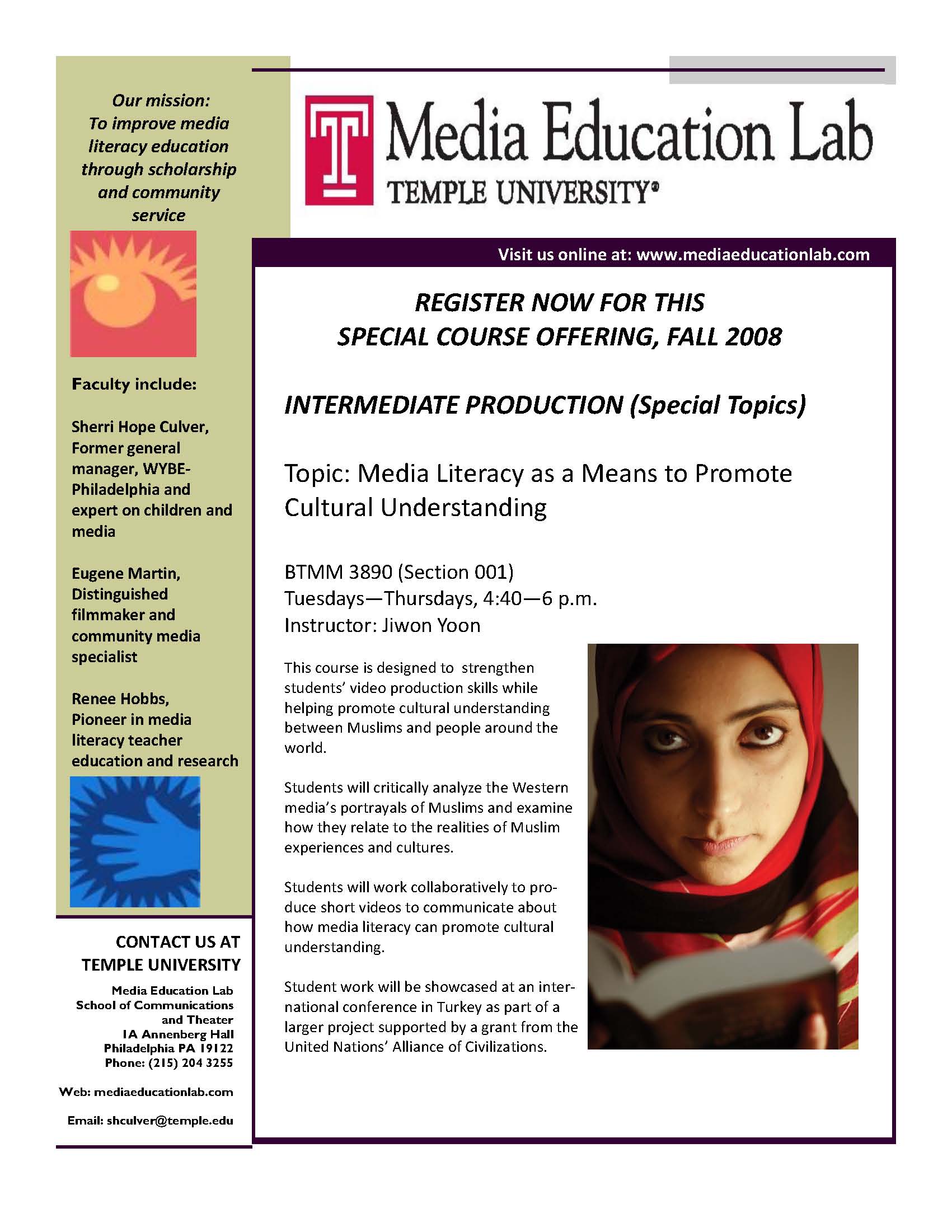

저희 연구실에서 United Nations’ Alliance of Civilizations 에서 intercultural understanding 을 도모할 수 있는 미디어 교육 커리큘럼을 만들라고 작은 펀드를 받았는데 결국은 제가 그 짐을 지고 수업을 가르치게 되었습니다. 구체적으로 모슬림과 서양의 문화라는 구체적인 지시가 있었고요, 제가 담학기 이 수업가르치는 동안 터키에서도 동시에 수업 진행됩니다.
사실 대학에서는 처음 가르쳐 보는 거라서 떨리기도 하고, Renee 교수님께서 너무 기대하시면서 요즘 연구실에 오는 사람들마다 이 이야기 하셔서 부담도 엄청 됩니다. 제가 3월 27일부터 4월 9일까지 졸업시험이 잡힌데다가 끝나고 나서 5월 초까지 논문 프로포절을 써야 여름에 한국에 갈 수 있는 상황이여서 수업준비는 전혀 안된 상태에요. 여름에 Renee 교수님이랑 차분히 같이 준비하면 좋을텐데, 제가 한국에 가버리니 그럴 수가 없어 더욱 걱정입니다.
하지만 그것보다 더 떨리는 건 아이들이 수강신청 하지 않아서 폐강되는 거에요. 사실 그동안 TA 는 계속 했지만 가르치는게 처음인지라 강의평가 받은 것도 없고, 절 모르는 학생들이 훨씬 더 많은 상황에서 과연 충분한 수의 학생들이 신청을 할지 두근두근....
사실 매 학기 폐강되는 수업들이 제법 많은 편인지라 많이 떨리네요.
처음 강의하려니까 여러가지로 긴장이 참 많이 되는 거 같아요.
혹시 좋은 아이디어, 자료들 있음 많이들 나눠주시구요,
앞에도 썼지만 전 코앞으로 다가온 종합시험때문에 당분간 연락이 힘들수도 있을 거 같아요. 체질적으로 벼락치기를 잘 못하는데, 이렇게 큰 시험을 벼락치기 할줄은 몰랐네요. 박사과정 2년 반동안 공부한 내용들을, 요즘 완전 초치기로 정리하면서 시험 준비하고 있습니다.
 invalid-file
invalid-file


